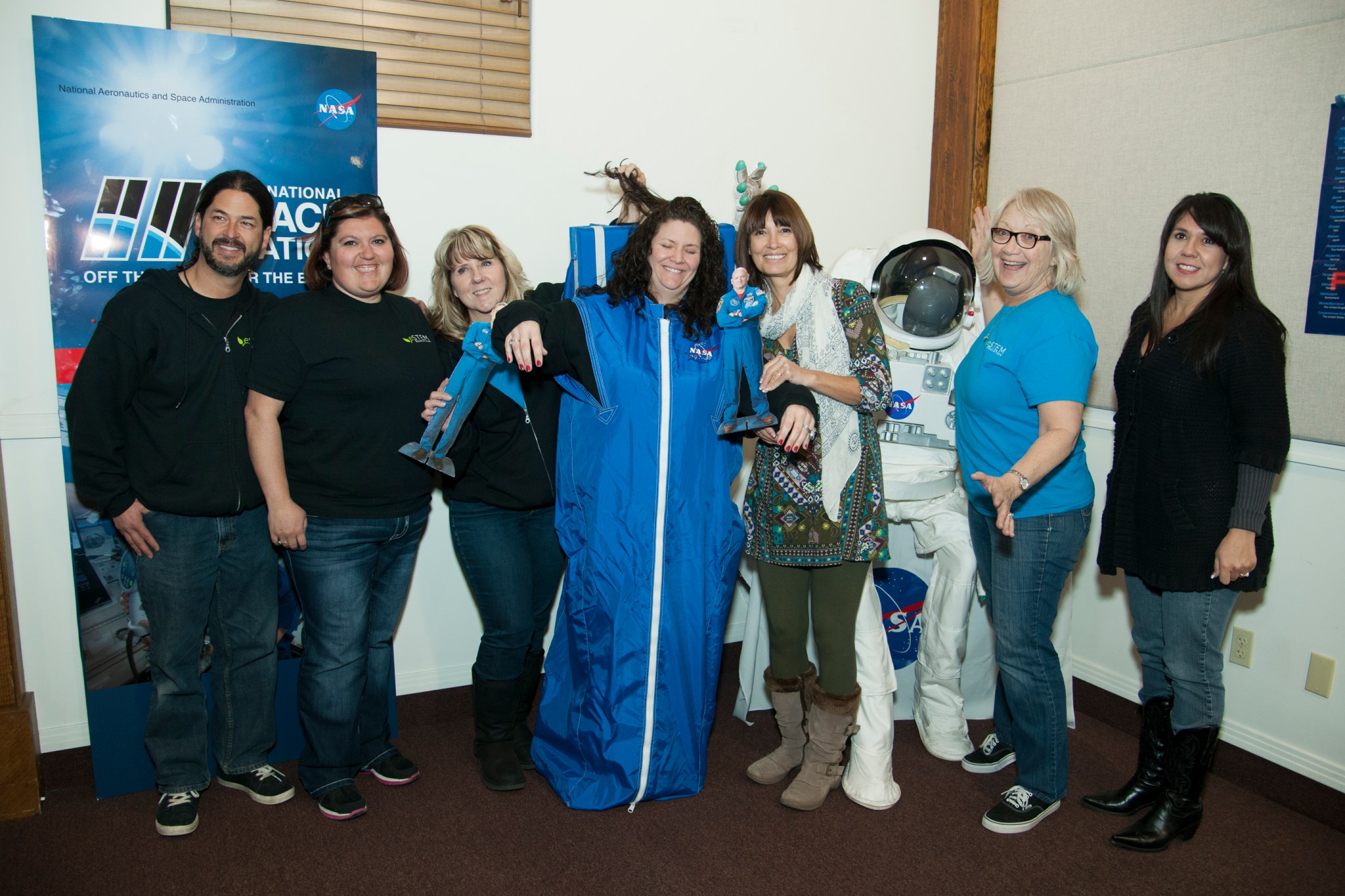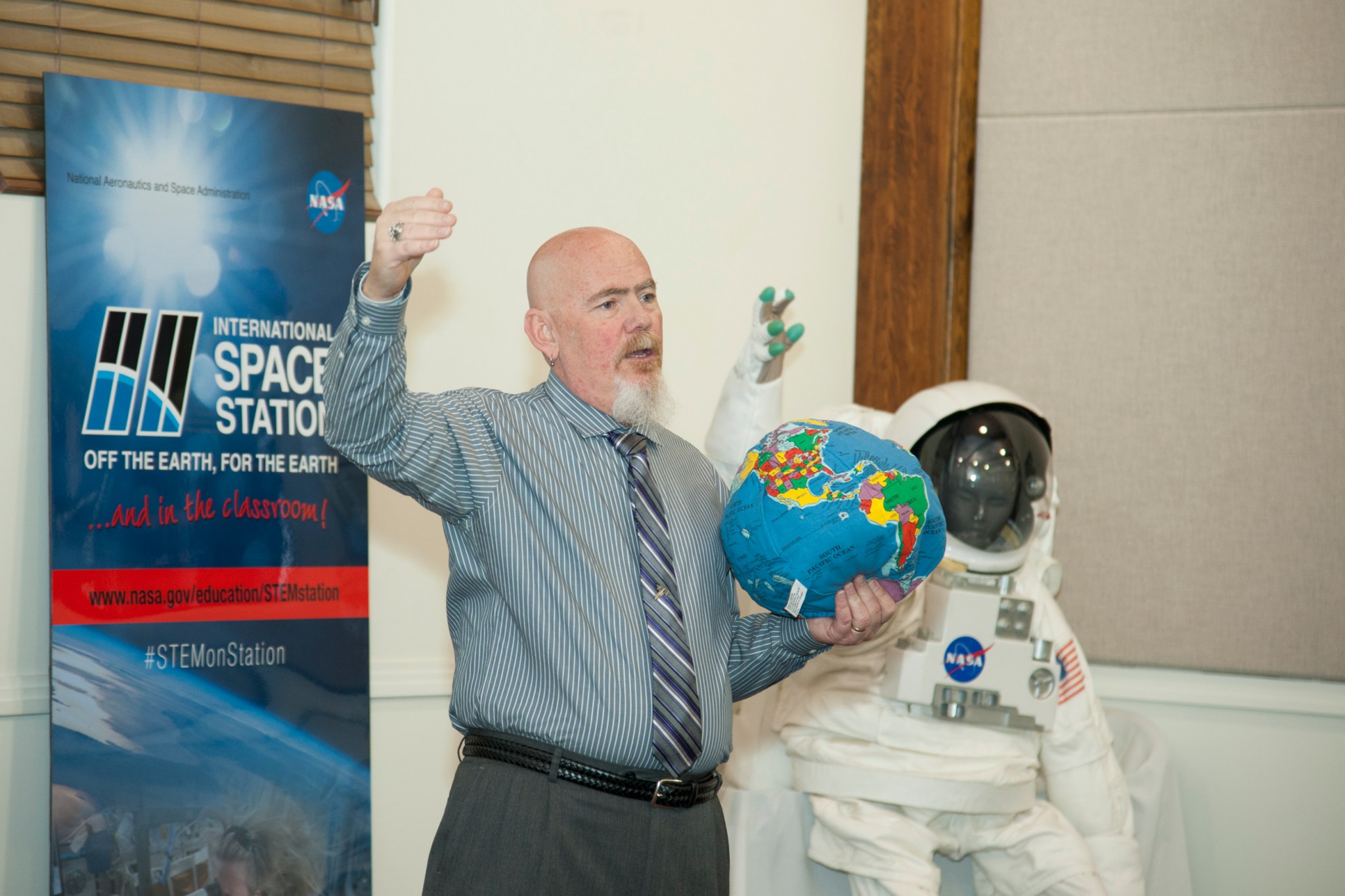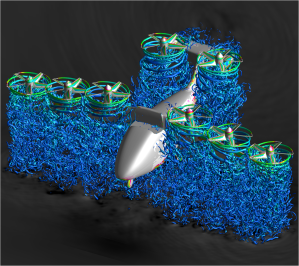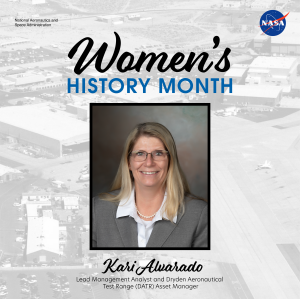An International Space Station, ISS, One Year Crew: Off the Earth, For the Earth educator workshop was held at the NASA Armstrong Flight Research Center’s Office of Education’s Resource Center located at the AERO Institute in Palmdale, California, on Wednesday, January 27.
Forty-three regional teachers participated in a professional development workshop that was presented by education specialist Barbara Buckner, who has a doctorate in mathematics education, along with subject matter expert, Tracy Ackeret, Range Operations Branch Chief.
“The workshop was an opportunity for educators to hear directly from Ackeret about Range Operations at NASA Armstrong and their support of the space shuttle program, the Russian Soyuz and the ISS,” said Buckner. “Ackeret really allowed the educators to see how locally Armstrong is supporting what is flying 250+ miles above us at 17,500 miles per hour.”
The workshop explored how the ISS is Off the Earth for the Earth with the various research projects onboard. Educators learned about the Science, Technology and Mathematics, or STEM, station activities on weightlessness, size comparison of the station, and exercise.
Tracy Ackeret gave an overview of Armstrong’s range operations. He explained how Armstrong provides backup support for ISS Communications, Soyuz launches and crew returns. He shared experiences of how the range provided support for space shuttle missions. Educators also found out how to go to http://spotthestation.nasa.gov/sightings/ website to receive updates on when the station is visible in the night sky.
“The hands on activities and experiences were fun, easy and really helped to define where the ISS is with respect to Earth,” said Kathleen Fredette, Director of STEAM, STEM to include Arts, programs at iLead Charter Schools in Palmdale, CA. “We walked away with ideas to infuse into core content across curriculum to help engage and inspire young people through space exploration.”
Educators learned about astronaut Scott Kelly’s Year in Space mission, including the 10,944 sunrises and sunsets, the 700 hours of exercise needed to keep him physically strong, and the requirement to drink 730 liters of recycled urine and sweat. A video of NASA’s one-year crewmember Scott Kelly explained about the sleep restraints and space food onboard the ISS.
“The One Year in Space workshop really made the science and mathematics relevant to me as a science teacher,” said Kristy Mar, a science teacher at JH Hull Middle School in Torrance, California. “As we moved through the workshop I received so many ideas to help improve my space science curriculum this year for my students.
“It inspired me to push the idea that my students are truly the next generation of explorers and to allow class time as a playground for them to make these connections,” Mar added. “There was a lot of information that I wish I had more time for but what I want to do now is introduce my students to the variety of scientific research that is taking place in the ISS and have them design investigation protocol for evaluation.”
This educational activity aligns to NASA education’s goal of continual support for STEM educators through the delivery of NASA education content and engagement in educator professional development opportunities.
































